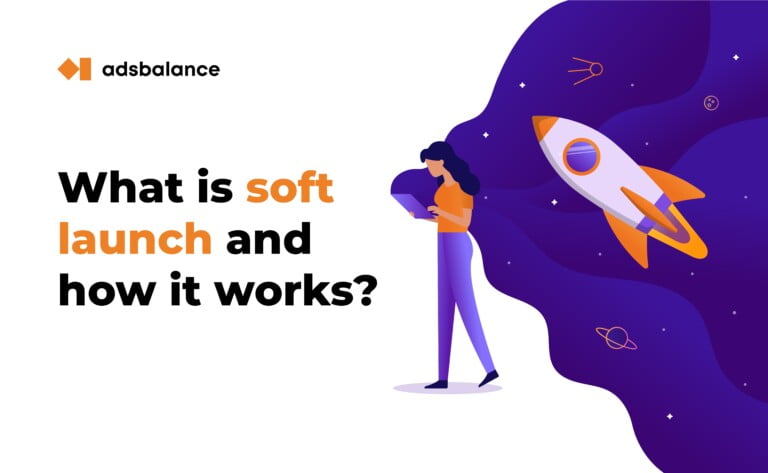
We have said many words about pre-release marketing for games and apps in general. However, we have skipped the one essential part — the soft launch.
I have done the research, the optimizations, ASO, the visuals, what the hell is that thing, you might ask. We might respond: it’s the thing that prevents your precious marketing campaign, budgets, hopes and expectations from going boom.
Technically, soft launch happens after your app appears in the store. What’s, then, the difference between this and regular launch? The difference is the audience that sees your app: it is limited, either to a list of eligible users or a specific region. The other option is: you release the cut version of the app and see what are the options that are to be presented in the first place.
Why should you do that?
The truth is: however good your hypotheses are, no matter how many testers or marketers you have, the reality is not about the quality of your app and its tech performance: the outcome of the launch may be quite different from your expectations, especially the audience’s reaction. Imitating real-life release with testing is okay, but it just doesn’t work. The soft launch is testing your product in field conditions, but not on the maximum loads.
We have all read (and witnessed) stories of how some game topped the charts on the first release, but we do not always know the story behind all this.
You can compare this to a theatrical release: you only hear about a show after it becomes famous unless you are a part of the scene, you are not invited to test runs, to pre-premieres unless you are a professional critic or unless you are friends with the cast and crew.
Soft launch is like a rehearsal, a pre-premiere show to the most relevant, or, to the contrary, to the random audience.
What do you get with soft launching your app?
the opportunity to find all sorts of tech issues and fix them before disgrace falls to you:)
testing your analytics: all of the events work properly, the external and internal analytics show you the more of less same figures,
make sure that your monetization mechanics work properly, and your ads are both enough for earning money and not too excessive/do not cause annoyance. (and if your soft launch lasts long enough, even find out whether if you ad supplying networks are decent, their reporting works and the discrepancies are not too big. And that in the end they pay!
Try user acquisition and measure its success without spending all your budget.
Know if your audience expectations were close to reality. Testing your app/game on real-life traffic does not only give you intel on your future ad campaigns, but also find suitable media for press releases (remember that what online magazines say about their audience is 100% identical to reality.
Find out what are your most popular features, if that is applicable.
Create map of user actions and see the bottlenecks, unexpected time consumers (like unpassable levels) and uninstall points.
Gather feedback, get used to feedback
Get a break from crunches, take a cup of coffee and observe the consequences.
What are our soft launch recommendations?
- Do not go too far away in terms of audience. You can test your new in India aiming at the US but the differences might be too big to ignore // too big to consider the test fully relevant.
- Keep your targeting broad.
- Make sure all things tech work fine for now. It’s okay to find bugs while testing, but in the beginning of the soft launch all visible errors and lags must be eliminted.
- Do not do soft launches if your app is not ready for launches at all! Chasing perfection might be destructive, but you don’t wouldn’t want to eat half-baked pizza, would you?
Did you find soft launch appealing enough to try right away? Drop us a line, and Adsbalance team will help you choose the right medium to skyrocket your campaign reach!




